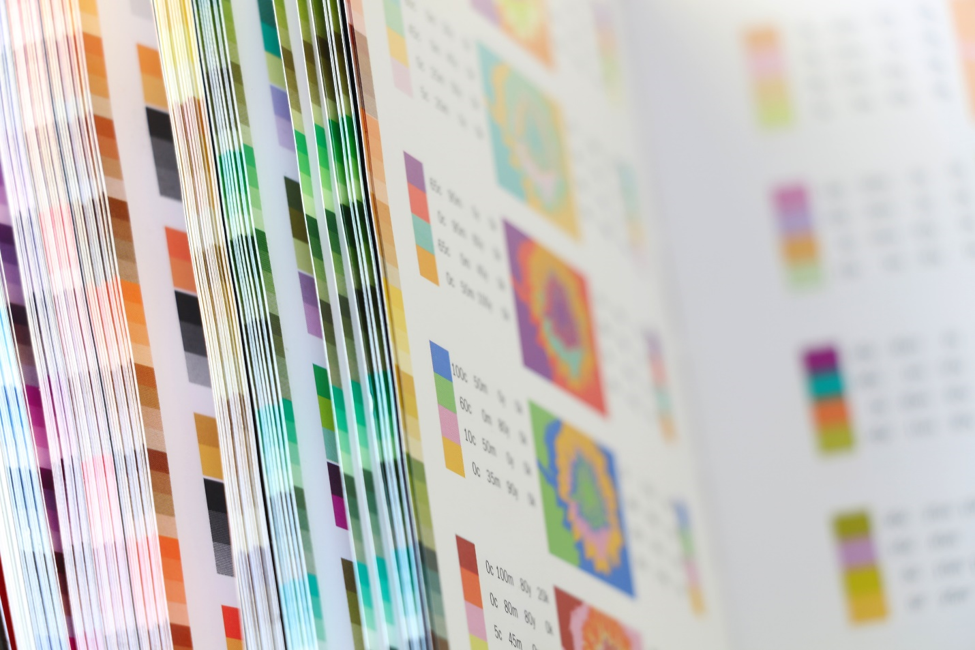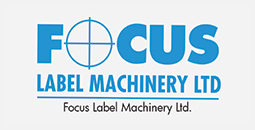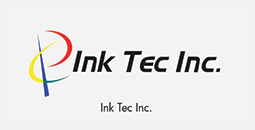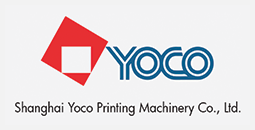When you’re deciding how to print an image onto a garment or textile product, you need a technique that is efficient, cost-effective and produces the standard of finish that your customers expect. Silk screen printing and heat transfer are two popular methods, but to select the most appropriate technique, it’s important to have a thorough understanding of both.

WHAT IS SILK SCREEN PRINTING?
For decades, silk screen printing has been the first-choice method for creating printed apparel, but it can also be used effectively on wood, paper, glass and ceramics.
During the printing process, a stencil is formed on a fine mesh screen and ink is applied onto the substrate by pushing it through, creating an imprint of the image underneath. Different screens are required for different colours, which are gradually merged until the final design is created. The final product is dried using special equipment to cure the ink and ensure a smooth, colourfast finish.
ADVANTAGES OF SILK SCREEN PRINTING
Silk screen printing offers several advantages over heat transfer:
- If you’re planning to print in excess of 100 garments, silk screen printing is more cost-effective. In fact, it’s one of the most economical printing solutions available, so if suppressing your manufacturing costs is a priority to boost profitability, silk screen printing is a viable choice.
- The colours printed using the silk screen technique are extremely vivid, particularly if garments or accessories are designed for outdoor use, or if the substrate is dark. Colours also exhibit excellent durability, with little fading over time.
- Silk screen printed garments are light and soft to touch, whereas heat transfers can have a plasticky feel that may be off-putting to some consumers.
- With silk screen printing, it is possible to incorporate additional effects with the print, such as glitter or puff ink, for a more eye-catching appearance.
WHAT IS HEAT TRANSFER PRINTING?
In heat transfer printing, an image is created on a wax-based heat ribbon, which is pressed against the substrate and heated, so that the ink melts and is transferred to the surface underneath. The image may be inked onto the ribbon before application, or four different ribbons (yellow, cyan, magenta and black) can layer colours onto the substrate. Images printed using the heat transfer method are long-lasting, heat and water-resistant, and adhesive. The process can be used on hard materials such as acrylic and ceramics as well as fabrics.
ADVANTAGES OF HEAT TRANSFER PRINTING
- Heat transfer is ideal for small batches, when it is more cost-effective due to the process being low on labour and relatively quick to complete. For very small print runs, including for customised garments that may only need to be printed once according to a customer’s preference, heat transfer is the most efficient and economical option.
- Printing images on unusually shaped objects, such as bags, is often easier with heat transfer techniques, and special pallets are available to position and hold an item in place if printing is likely to be awkward. Printing these items using the silk screen method is logistically challenging.
UNDERSTANDING YOUR TARGET AUDIENCE
Understanding your market and the needs of your customers is the key to knowing which printing technique will be most efficient and cost-effective, as well as likely to boost your business’ profitability. At Focus Label, our knowledgeable and experienced staff can provide you with accurate advice about our custom-made print equipment and even demonstrate our presses, so feel free to get in touch to discuss your options.





